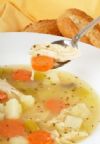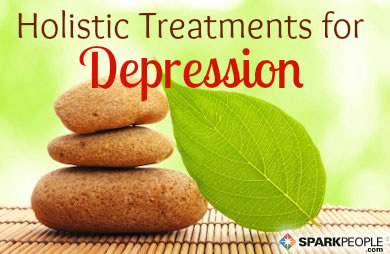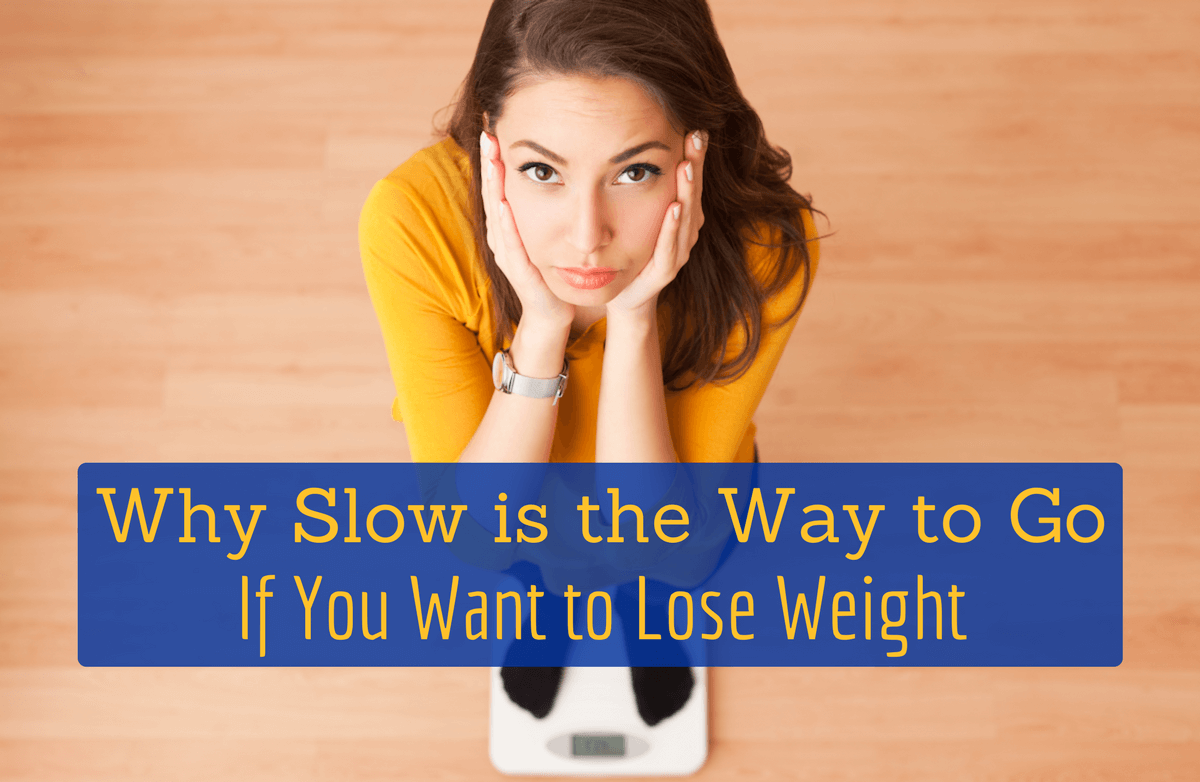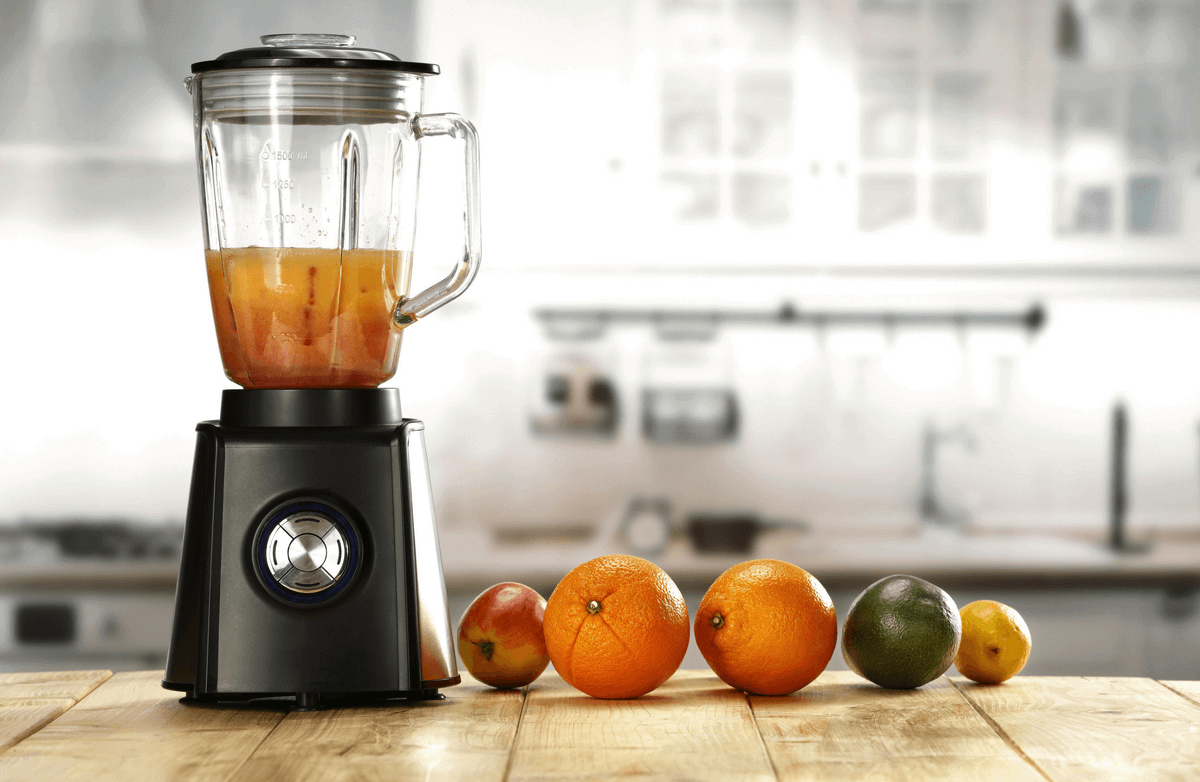|
Dietitians and health professionals have known for a long time that a certain amount of healthy fats are necessary in the diet. We regularly hear in the media about The Mega Benefits of Omega-3's. I have blogged previously about including Omega 9’s in your diet. At the same time we hear about the importance of healthy fats, many people are told to limit fat intake as part of their plan for Eating for a Healthy Heart. So if you are selecting healthy fats, how much is enough and why? Lipids, the general term for fats and oils, are very valuable and necessary in your diet. Here are a few of the key reasons:
It is easy to read these key reasons but harder to understand and apply them. The basic take away is that beta carotene, vitamin D and vitamin E are among the nutrients that require fat for efficient absorption and use by the human body. In 2004, the American Journal of Clinical Nutrition published a study that reinforced the importance of dietary fat for proper absorption of nutrients from fruits and vegetables. In that study, people who consumed salads with fat-free salad dressing absorbed less of the important phytonutrients (organic components of plants) and vitamins from spinach, lettuce, tomatoes and carrots than those who consumed their salads with a fat containing salad dressing. Including healthy fat from your favorite foods makes it easy to meet your daily recommended fat intake. It is ideal to get between 20-30% of your calories from fat. Since recommended calorie ranges are based on your height, weight, age and fitness goals, daily fat recommendations will be different for each person. It doesn't take much. Five to 10 raw nuts or one-fourth of an avocado on your salad provides enough healthy fat to ensure transport and absorption of nutrients from your meal. Making sure you are getting some fat at each meal and snack will help ensure you are completely benefiting from the other nutritious foods you are selecting. At the same time it is important to be sure you are not getting too much fat at one meal or snack. Balance is the key. Rest assured that if you don’t have fat at a meal it doesn’t mean you won’t absorb nutrients, but it does mean you may not absorb or metabolize nutrients as completely. So go ahead and add low-fat vanilla yogurt to your blueberries at breakfast or dip your baby carrots and broccoli in light ranch dressing for lunch. Be careful with how many fat-free salad dressings you use--reach for low-fat vinaigrettes instead. Nuts can provide a great topping for most anything, and more and more nut butters are popping up as well so don't be afraid to give them a try. With a little creativity and planning, we can maximize our nutrient absorption and fully enjoy the experience in a healthy way! Share your favorite food and healthy fat combinations below so others can benefit from your creativity. |
More From SparkPeople
|















